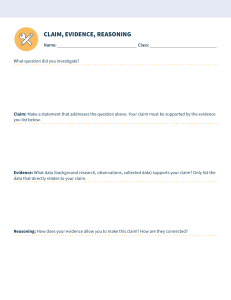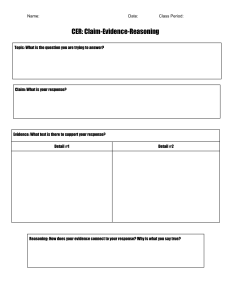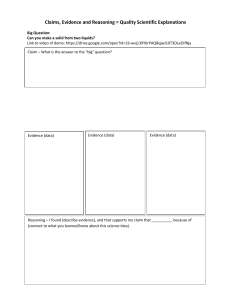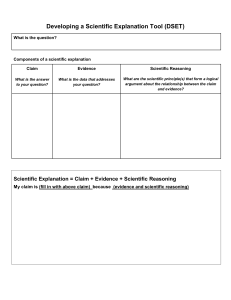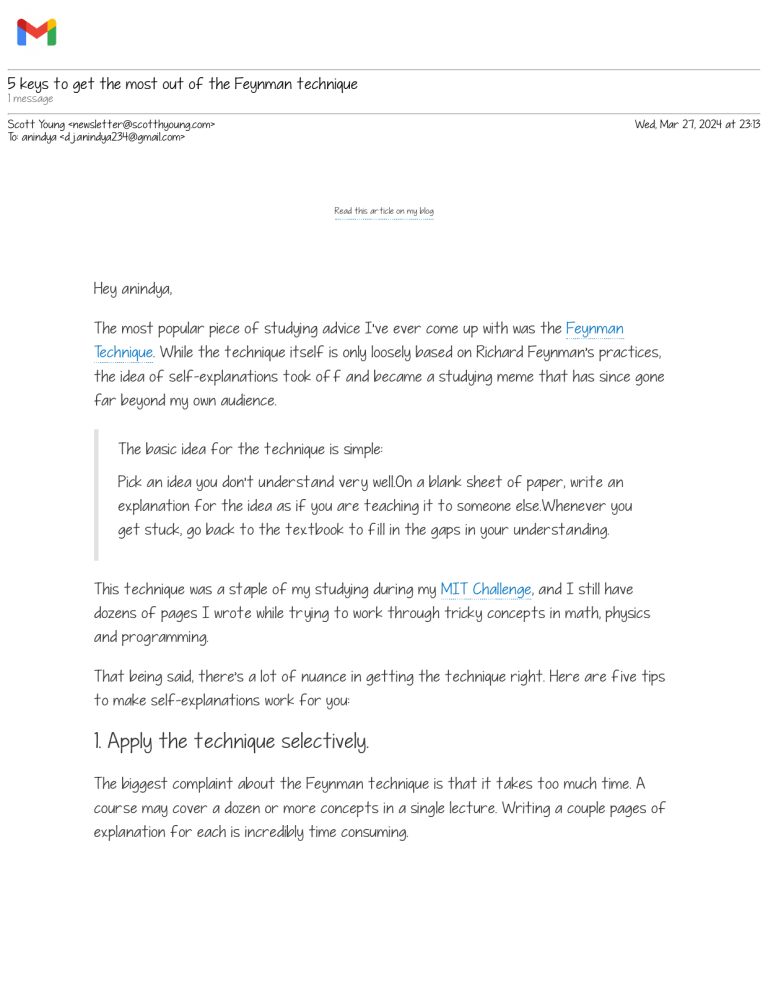
5 keys to get the most out of the Feynman technique 1 message Scott Young <newsletter@scotthyoung.com> To: anindya <dj.anindya234@gmail.com> Wed, Mar 27, 2024 at 23:13 Read this article on my blog Hey anindya, The most popular piece of studying advice I’ve ever come up with was the Feynman Technique. While the technique itself is only loosely based on Richard Feynman’s practices, the idea of self-explanations took of f and became a studying meme that has since gone far beyond my own audience. The basic idea for the technique is simple: Pick an idea you don’t understand very well.On a blank sheet of paper, write an explanation for the idea as if you are teaching it to someone else.Whenever you get stuck, go back to the textbook to fill in the gaps in your understanding. This technique was a staple of my studying during my MIT Challenge, and I still have dozens of pages I wrote while trying to work through tricky concepts in math, physics and programming. That being said, there’s a lot of nuance in getting the technique right. Here are five tips to make self-explanations work for you: 1. Apply the technique selectively. The biggest complaint about the Feynman technique is that it takes too much time. A course may cover a dozen or more concepts in a single lecture. Writing a couple pages of explanation for each is incredibly time consuming. Worse, the time spent building your abstract understanding of a concept is time not spent learning to apply it. If you’re cutting out practice in favor of self-explanations, you may end up worse of f! Therefore, the first piece of advice I have is to apply it selectively. I tend to rely on selfexplanation when: I cannot successfully apply a concept to the assigned practice questions, The idea doesn’t make sense to me, AND I know the idea is central to understanding the class. My usual approach is to start with reviewing all the course material (lectures and texts) and then to do relevant practice problems. Only when I hit an impasse that I believe is owing to a conceptual misunderstanding does it make sense to invest the time to do a full self-explanation. 2. Go tight for debugging confusion. One reason to apply self-explanations is to repair a misunderstanding or fill in a gap in your knowledge that’s causing confusion. Unfortunately, figuring out precisely what you don’t understand is of ten half the battle. Most of the time, we don’t have a good sense of what is confusing us; we’re simply confused. The value of self-explanation is that by trying to generate the explanation yourself, in your own words, you’ll invariably hit an impasse at the weak link in your understanding. Knowing where that impasse is, which link is weak, gives you the tools to go back to your notes or textbooks, to do a close reading, or to articulate good questions you can ask teachers or peers. However, this only works if your explanation is tight enough. If you explain the concept to yourself in broad terms, you might skip over the missing link in your reasoning. You can easily convince yourself you understand something without identif ying or repairing the missing step in your reasoning. Thus, if you’re doing a self-explanation because of a struggle with a particular problem— start by explaining that exact problem. If it was a confusing section of a lecture— explain the confusing section of the lecture. Stepping back and tackling a generic concept can skip over the very details you need to understand. 3. Focus on big ideas for memorability. Another use for self-explanations is when you basically understand an idea, but the reasoning feels dif ficult or a bit fuzzy. It feels like you don’t automatically “get” the idea, and like you’ll probably forget it later. One way to think about this is to imagine that the explanation consists of a bunch of dif ferent individual facts, steps in reasoning, and mental simulations. Confusing explanations are those where the linkages between various parts haven’t quite solidified to the point where you can mentally traverse the idea with ease. By trying to generate the explanation yourself, you reinforce the linkages between the factual propositions and the steps of reasoning that make up the understanding. Once you have the general gist of an understanding, generating analogies, diagrams or examples can be helpful. These further associate the ideas in the explanation with dif ferent, overlapping explanations, making them easier to retrieve and walk through in the future. 4. Don’t substitute self-explanations for genuine practice problems. Self-explanations can help you focus your attention, debug a particular missing link in your understanding, or elaborate and retrieve knowledge to generate an understanding of a higher-level concept. However, it’s important not to substitute self-explanations for doing genuine practice. There are two reasons for this: – First, it’s hard to get the level of depth right for explanations. For hard classes, the tendency is to do self-explanations that don’t go deep enough, thus skipping over misunderstandings (even with deliberate ef fort to avoid this). Doing practice problems helps you calibrate how deeply you need to understand an idea. – Second, learning to identif y problem types and common solution steps or approaches relies on dif ferent knowledge than generating an overall explanation does. Since the knowledge needed to, say, explain Kirchhof f’s laws only partially overlaps with the procedural knowledge needed to solve for the output of a circuit diagram, transfer from one to the other will only be partial. Therefore, if the aim is to pass an exam, omitting practice questions that resemble those on the test is unwise. Self-explanations primarily help when: 1. You hit an impasse with your practice, owing to a confusion or misunderstanding. 2. Practice problems are limited or overly narrow. If the problems don’t cover the full space of potential applications for an idea, developing a deeper representation of the underlying concepts may be helpful. 5. Seek out alternative explanations to fill missing pieces. Of ten, close reading and careful reasoning can fill gaps in misunderstanding without resorting to new materials. Usually, the issue is simply that you missed an important step in reasoning in the first pass, resulting in confusion. However, this isn’t always the case. Sometimes a teacher assumes a crucial fact or step is obvious and omits it from their explanation, even though it may be necessary for making the correct inference. In other cases, an idea is alluded to, but if you haven’t mastered that idea, the explanation as a whole doesn’t make sense to you. Knowing where exactly the gaps are in your understanding makes it easy to seek new explanations. Some good strategies include: 1. If the concept skipped over was a prerequisite you haven’t mastered, finding a Khan Academy or online video that explains that concept may help. 2. If the reasoning between two steps isn’t clear, try finding another explanation of the same concept. Dif ferent teachers will skip over dif ferent facts, so coverage from multiple explanations is better than one. While I haven’t used it as extensively myself, tools like ChatGPT also seem powerful in this regard. Because you can copy and paste the text of what you’re trying to understand and request a summary or explanation, LLMs may be able to of fer useful explanations of steps you missed. Of course, as with all AI-based sof tware, there will sometimes be hallucinations—but it’s generally easier to verif y whether a single missing step of reasoning fits. Teach to Learn Although I don’t take nearly as many formal classes as I used to as a student, selfexplanations are still the bulk of my work—writing for a living requires me to make sense of newly learned information so I can include it in my essays. As the saying goes, “Those who know, do. Those who understand, teach.” ___ Preorder my upcoming book, Get Better at Anything: 12 Maxims for Mastery, and get $400+ of bonuses! Of fer only valid until May 06, 2024. ⠀Best, ⠀ Share "5 Keys to Get the Most out of the Feynman Technique" ⠀ Unsubscribe | Update your profile | 908-938 Howe Street, Vancouver, BC V6Z 1N9
